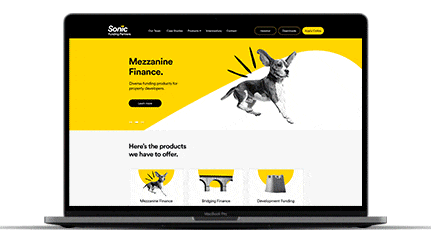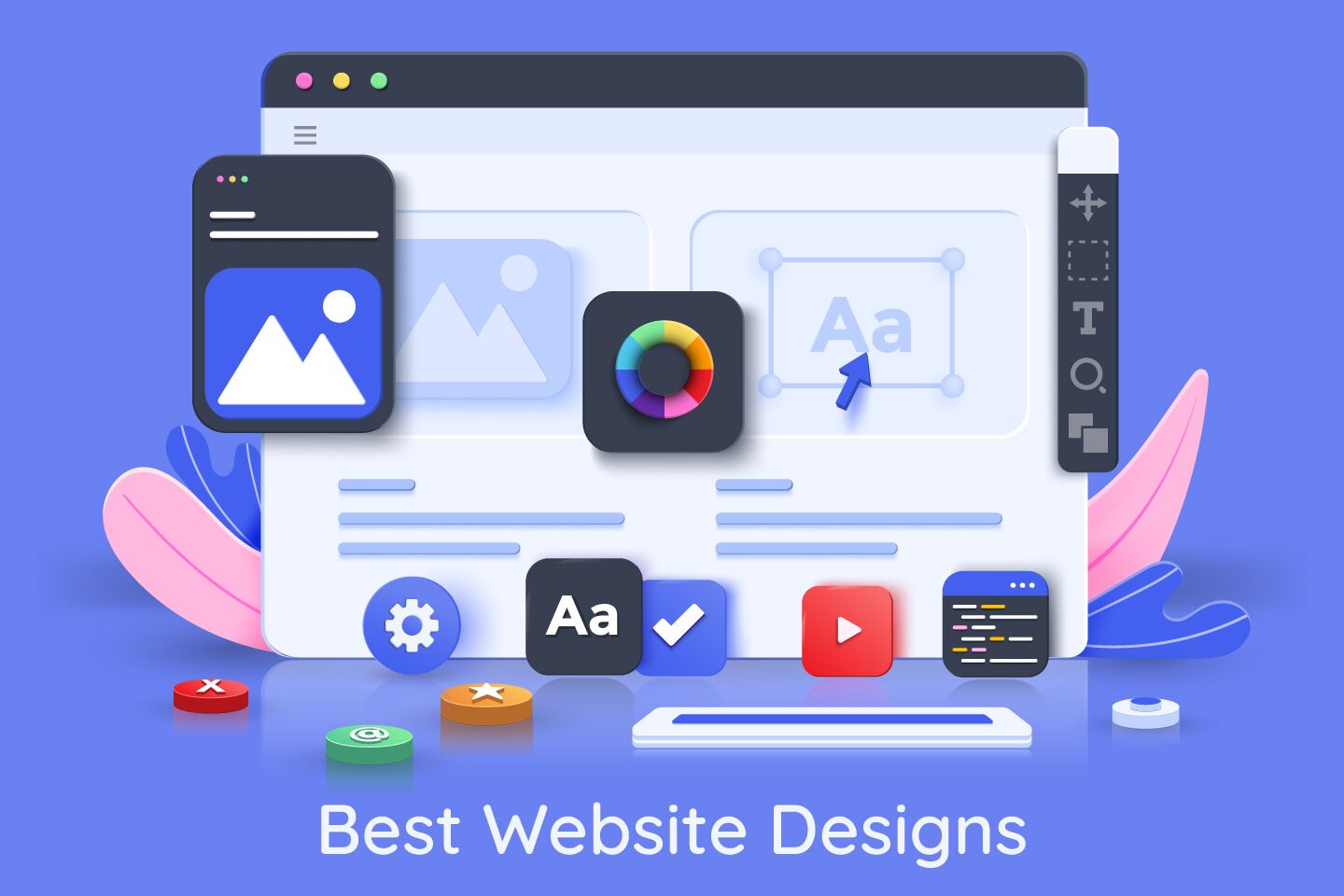Top Tips for Developing an Impactful Site Style That Transforms
To achieve this, one must think about a variety of variables, consisting of recognizing the target audience, focusing on customer experience, and maximizing for mobile platforms. The strategic use of engaging call-to-actions and a well-defined aesthetic hierarchy plays an essential function in guiding customers via their trip.

Understand Your Target Audience
Comprehending your target audience is essential to reliable internet site design, as it lays the groundwork for producing an engaging customer experience. Identifying that your customers are, including their demographics, preferences, and behaviors, enables designers to customize the site's content, layout, and capability to satisfy certain demands.
Performing detailed market research study is important in this procedure. Studies, interviews, and analytics can offer important insights into user assumptions and discomfort factors. By assembling this data, designers can produce customer personalities that stand for various segments of the target market, ensuring that design decisions are educated and pertinent.
Additionally, comprehending the target audience helps in picking ideal layout aspects such as color design, typography, and images that reverberate with users. A site that talks directly to its audience promotes a sense of link and trust, encouraging longer visits and greater conversion prices.
Ultimately, a user-centered approach to internet site style not only improves user fulfillment but additionally supports service purposes by driving involvement and commitment. By focusing on the requirements and choices of the target audience, a web site can effectively serve its purpose and achieve preferred outcomes.
Prioritize Customer Experience
To boost the total performance of a web site, focusing on user experience (UX) is vital (Website Design). A well-designed UX guarantees that visitors can navigate the website effortlessly, find information quickly, and involve with material meaningfully. This leads to increased user complete satisfaction and greater conversion prices
Begin by executing instinctive navigating. Menus ought to be realistically structured, allowing customers to find key areas of the website with minimal effort. Uniformity in style aspects, such as color plans and font styles, promotes experience, which is crucial for maintaining customer interaction.
Additionally, take into consideration the packing rate of your site. A delay of just a few secs can lead to significant drop-offs, as users are less likely to wait on a slow-loading web page. Simplifying pictures and maximizing code can improve efficiency and preserve site visitors.
Furthermore, clarity in content discussion is essential. Use succinct, engaging language and separate message with visuals to boost readability. By prioritizing individual experience, you not just create an extra pleasurable setting for site visitors however additionally strengthen your brand name's integrity. Inevitably, an emphasis on UX is a financial investment in the long-lasting success of your site.
Enhance for Mobile Gadgets
Enhancing for mobile phones is important in today's electronic landscape, where an increasing number of users access sites with smart devices and tablet computers. A mobile-friendly design not just boosts customer experience but additionally plays a significant duty in boosting online search engine positions. To attain this, it is necessary to embrace a receptive style that instantly changes to various display dimensions and positionings.

Loading rate is another essential element; mobile customers are generally link much less person and expect rapid accessibility to details. By prioritizing mobile optimization, you guarantee that your site continues to be affordable and effectively engages a broader target market.
Use Engaging Call-to-Actions
An internet site's effectiveness commonly depends upon its capacity to assist visitors towards desired activities, making engaging call-to-actions (CTAs) crucial elements of layout. CTAs function as the essential points that direct users to engage with the website, whether that implies buying, enrolling in a newsletter, or downloading a resource.
To develop reliable CTAs, quality is paramount. Use succinct language that clearly interacts the activity you desire the individual to take.
Moreover, the style of CTAs must stick out without being interfering. Utilize contrasting shades and clear font styles to ensure they catch interest. Additionally, consider utilizing directional hints, such as arrowheads or photos, to assist individuals toward these switches. By concentrating on these elements, organizations can substantially improve customer engagement, driving conversions and ultimately attaining their internet site's objectives.
Emphasis on Visual Pecking Order
Efficient site style relies greatly on a well-structured aesthetic pecking order that overviews individuals via web content flawlessly. By organizing elements in a way that focuses on info, designers can improve individual experience and help with decision-making. This involves utilizing dimension, color, comparison, and spacing purposefully to accentuate the most critical components of a page.
Using bigger typefaces for headings and subheadings develops a clear distinction in between various sections, permitting individuals to check material effortlessly. In addition, employing different shades for switches and calls-to-action look at this web-site can record user investigate this site interest and urge communication. Whitespace is an additional important element; it stops mess and enables customers to concentrate on essential messages without diversions.
Images and graphics must enhance the message while likewise adhering to the established pecking order, reinforcing the total message (Website Design). Consistency in style elements, such as color design and typography, more reinforces the aesthetic power structure, making navigation user-friendly

Final Thought
Finally, efficient web site design requires a comprehensive understanding of the target audience, prioritization of user experience, and mobile optimization. The critical use engaging call-to-actions and a distinct visual pecking order better enhances customer involvement. By executing these concepts, sites can attain higher conversion rates, making sure that style aspects not only attract site visitors however also facilitate seamless navigation and interaction. Eventually, a well-executed site design works as a critical part in driving customer actions and attaining service objectives.